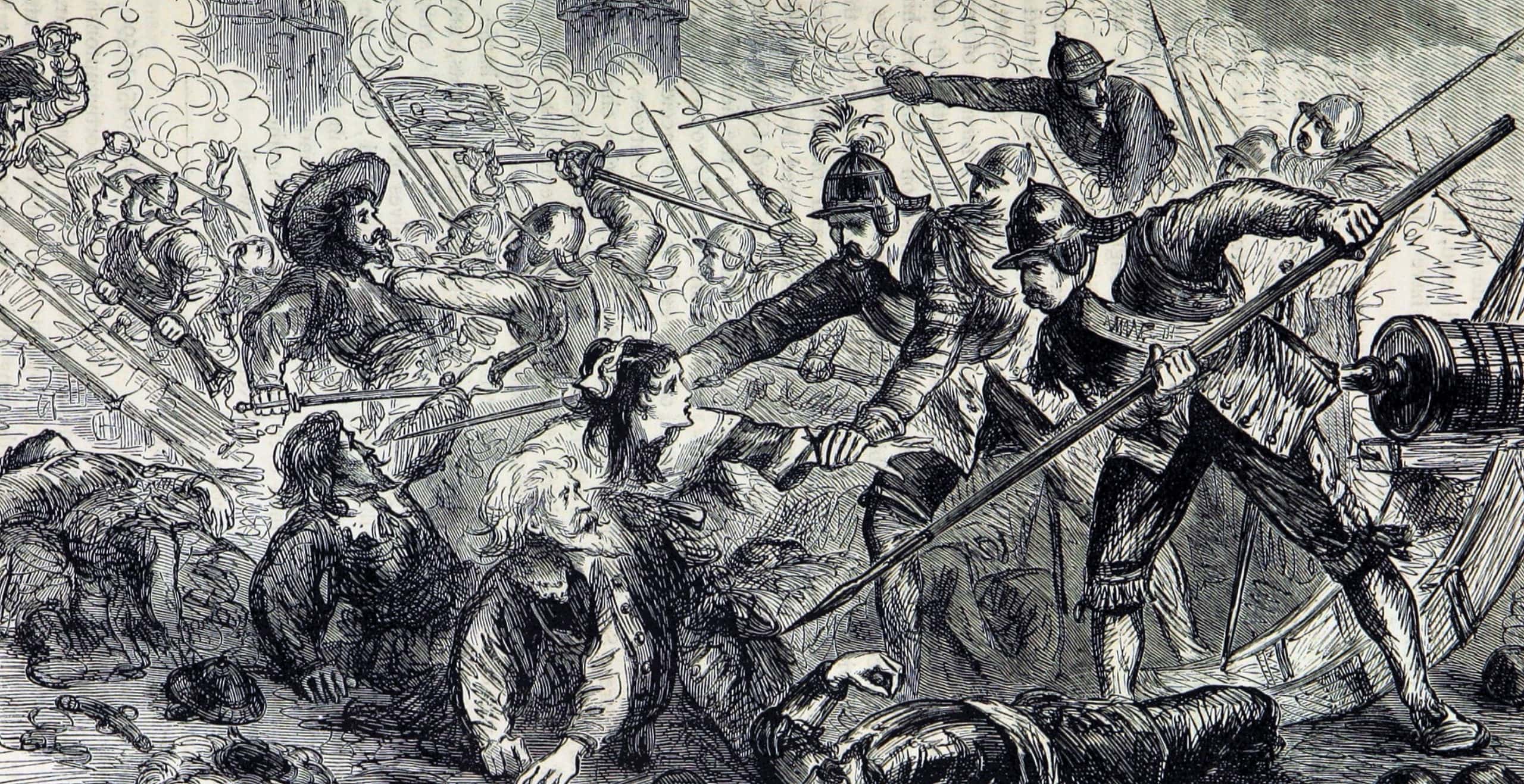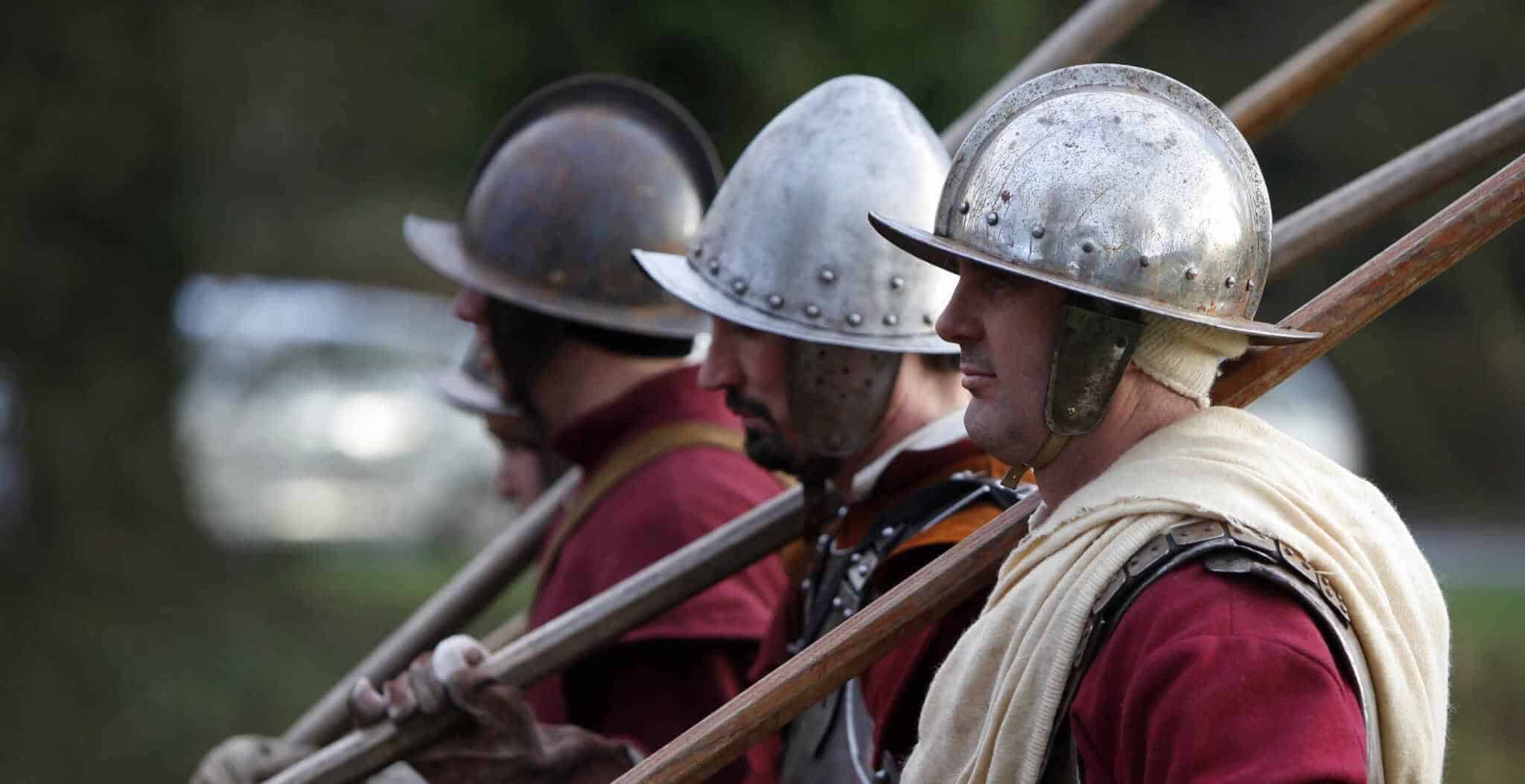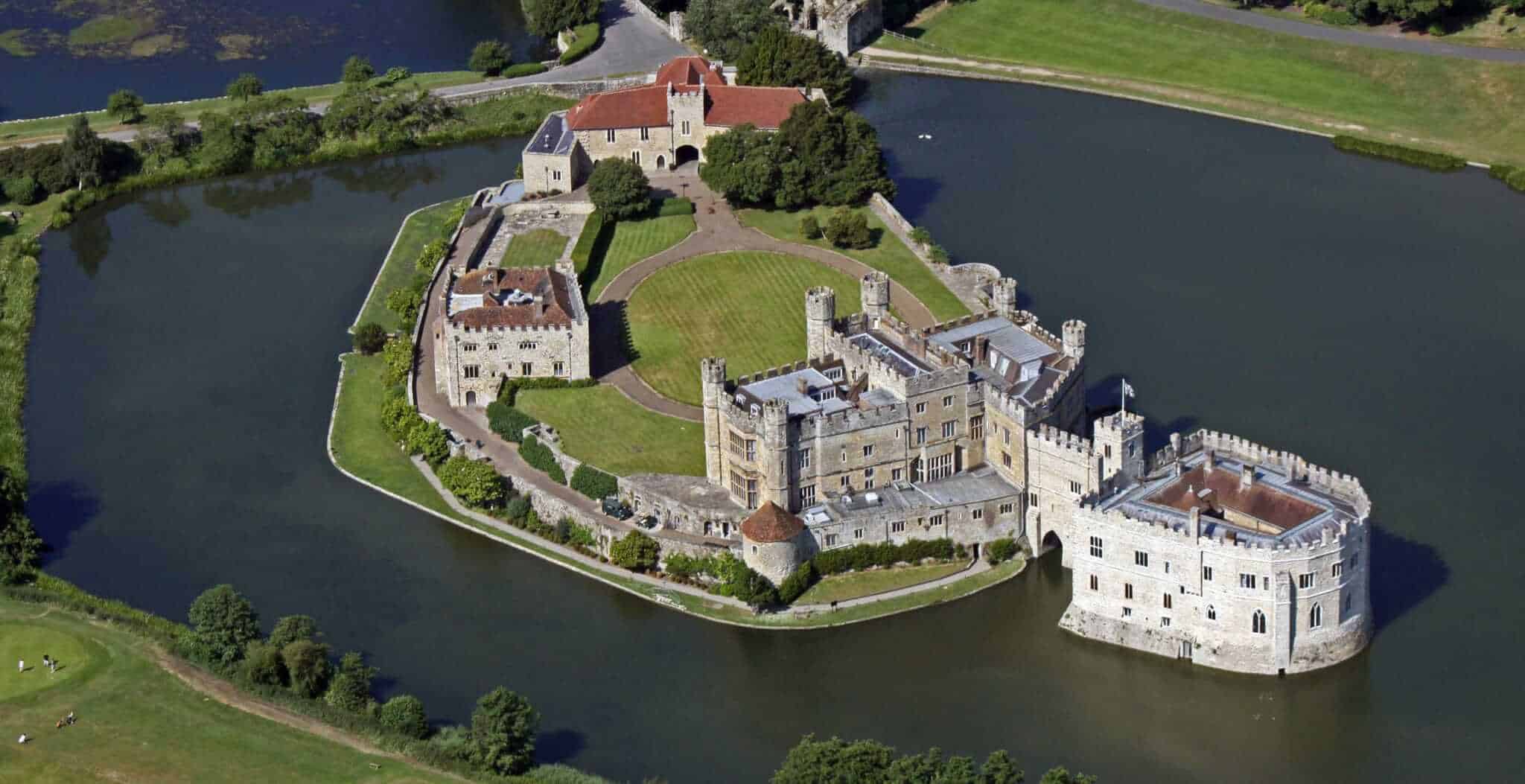Basing House, near Basingstoke in Hampshire, once one of the most decadent stately homes in Tudor England, accustomed to royal visits. It was besieged and destroyed during the English Civil War.
William Paulet, 1st Marquess of Winchester, built Basing house in 1531, renovating the old Norman motte and bailey castle into two new houses side by side, containing over 300 rooms. Paulet, whose family can be traced to the Norman invasion, was in royal service, originally employed by Cardinal Wolsey before eventually being promoted to Controller of the Royal Household under Henry VIII. As treasurer to the Tudor monarchs, royal visits were not uncommon, in fact Queen Elizabeth I enjoyed her stay in 1560 so much that she returned twice, in 1569 and 1601. King Edward VI, who bestowed William with the title Marquess of Winchester in 1551, was also known to have visited the house in 1552, staying for three days.
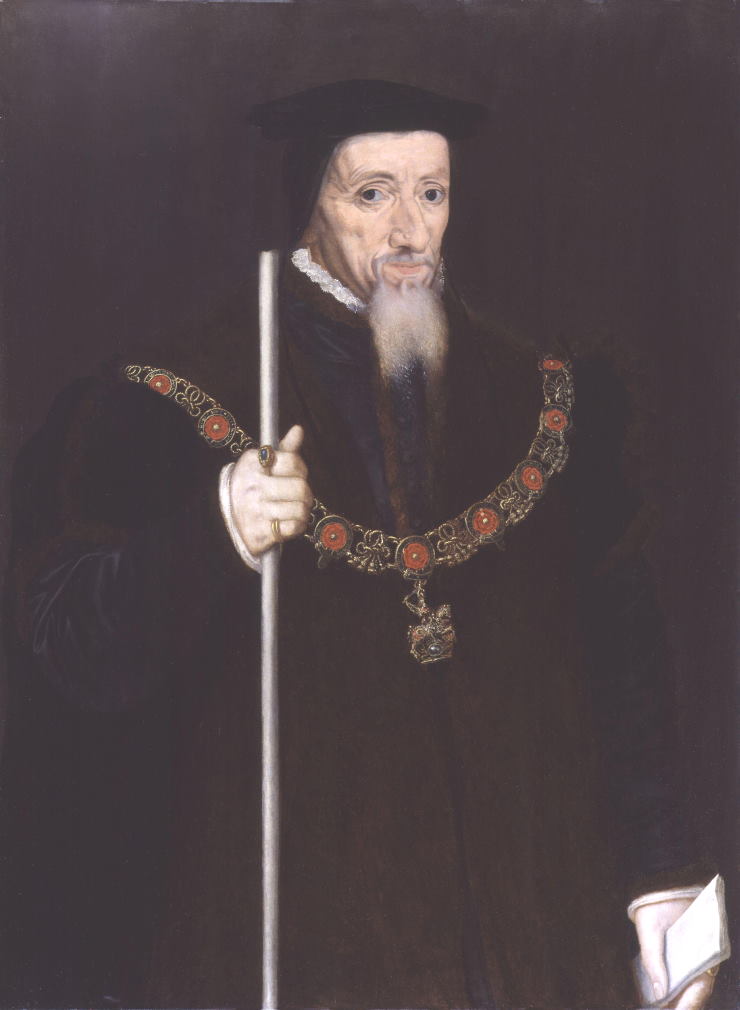
Just a century after the house was built, civil war erupted in England. The Paulet family were avid supporters of King Charles I when war broke out in 1642, causing parliamentary forces to repeatedly lay siege to the house. Not to mention that John Paulet (5th Marquess) was a strong Catholic in what was, at the time, a strictly Puritan country.
In 1642, under the leadership of Colonel Norton, the parliamentarians focused their attacks on Basing House. To better counter the approaching forces, King Charles I sent the Marquess a garrison, as a show of support, in July 1642. Under the command of Lieutenant-Colonel Robert Peake, 100 men met up with Sir Henry Bard and were able to defend Basing House. Colonel Marmaduke Rawdon later became the military governor of Basing House, bringing with him an additional 150 soldiers.
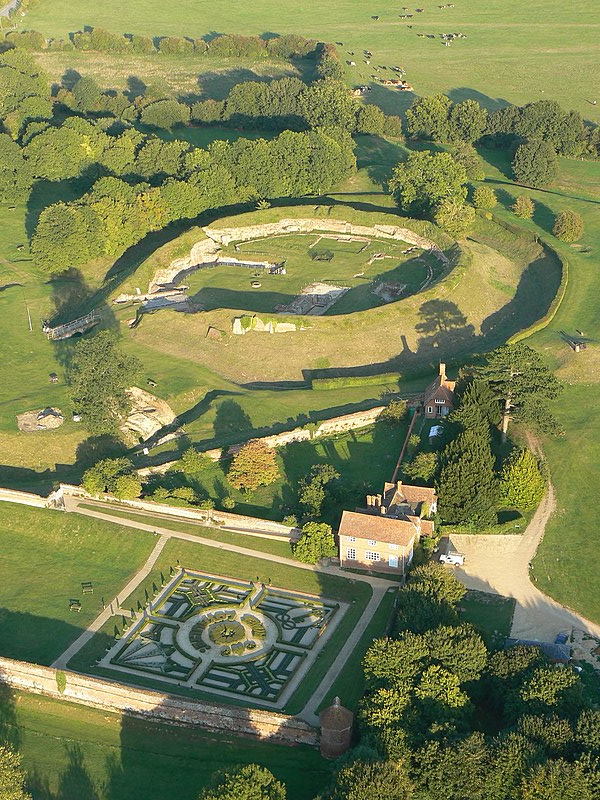
November 1643 saw the first serious attack on the house. Led by Sir William Waller, 500 foot soldiers and 500 cavalry were rallied at Windsor Castle and marched down to Basing House.
After opening fire with 500 musketeers, Waller offered a parley if the Marquess agreed to surrender. This was strongly declined. In response, on 7th of November a parliamentary attack was focused on the grange, a large barn near the house used by the defenders as a stronghold. The royalists were able to fire back through the numerous thin slits in the barn’s brick walls.
After being driven out by Waller’s forces, the royalists retreated to the main house on top of the hill where they hatched a plan to retrieve the lost food provisions stored within their previous base. In an impressive act of retaliation, Paulet and the rest of the defenders set off cannons aimed at the grange, the scarring of which is still evident in the walls and timber of the building today.
After this attack and following the death of one of their leaders, Captain Clinson, the parliamentary group had no choice but to give up the barn. Eventually, after nearly two weeks of attacking and increasingly worse weather, Waller called off the siege and retreated with his troops to the nearby town of Basingstoke.
The house was attacked repeatedly from parliamentarian troops over the course of the next three years until the final siege in 1645, conducted by Oliver Cromwell.
On 14th October 1645, the defences of the old Norman ringwork were breached by a cannon reel which allowed Cromwell’s men to bombard the main gateway to the house and overrun the site. The royalist garrison counter-attacked with muskets and pikes, but as the fighting dissolved into hand to hand combat, the Marquess of Winchester finally gave himself up.
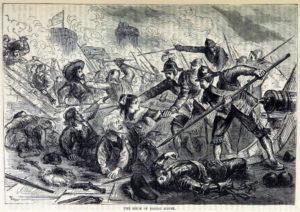
The attack was reported to have taken no more than an hour and was followed by a looting of any valuable goods, including rich fabrics worn by John Paulet’s wife. Colonel Dalbier set a fire in the building which killed the royalists and priests imprisoned in the basement. Little remained of the once grand Tudor home, especially after Cromwell and parliament issued a decree that allowed the general population of Old Basing to take whatever they wished from the rubble.
After three years of assault, it is believed that over 2000 parliamentarians were killed as well as a quarter of the royalist garrison.
The Marquis, John Paulet, was arrested on grounds of treason, but the charges were dropped. King Charles II later returned the ruins of Basing House to the Paulet family. However, John’s son, Charles Paulet, demolished what was left of the original house and rebuilt elsewhere.
Following the house’s tumultuous past, in 2014 the Hampshire Cultural Trust renovated and reopened the ruins of the site and gardens to the public.
By Tarah Hearne, a History Student.
Published: June 21st, 2021.
